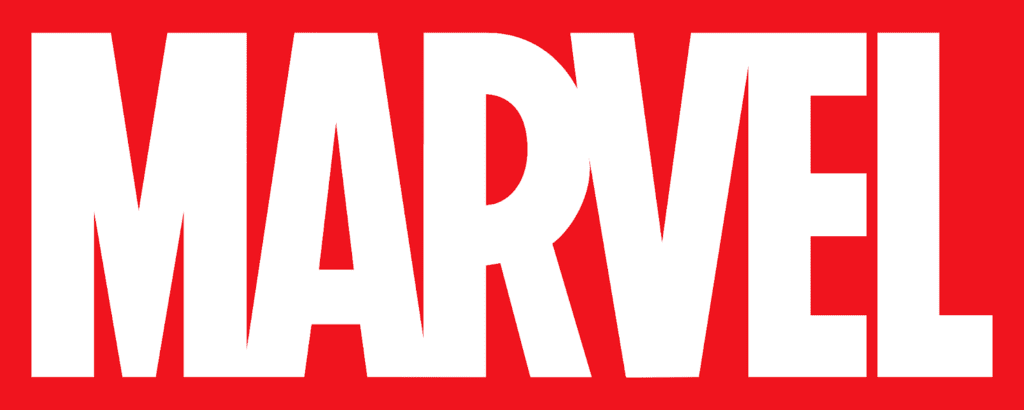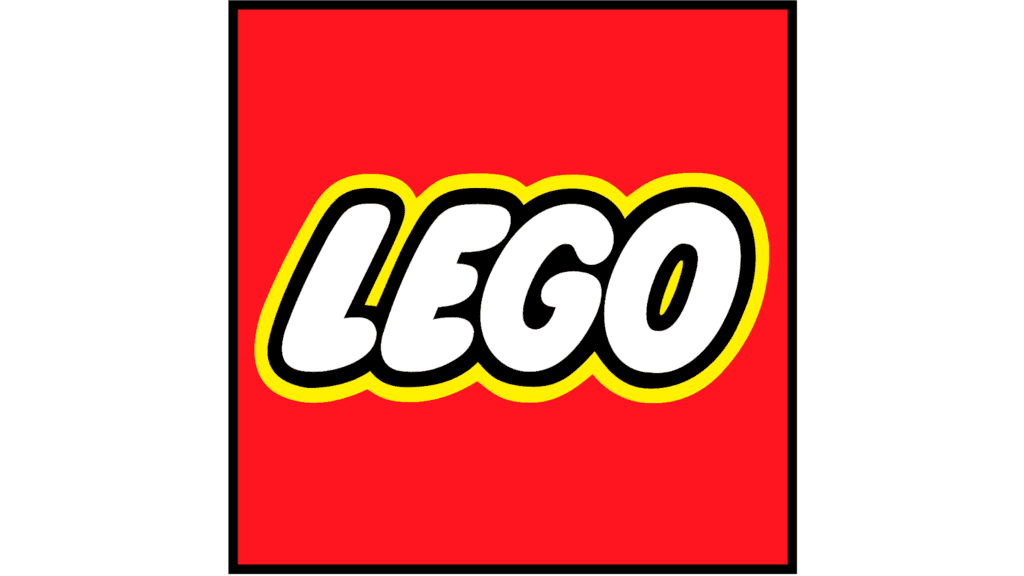When we express ourselves, we often rely on the things we learned in kindergarten. We invoke colors when we say I feel as serene as a blue sky or I went red with embarrassment. We rely on our letters; basic strings like UGH or ARRRGH express frustration without the construction of entire essays.
These are tools companies use in their logos to express mood or intention. Yet we sometimes forgot about another thing we learned in kindergarten that permeates all forms of advertising. We forget that shapes express as much emotional content as colors or letters.
The Psychology of Shapes
Why do shapes have a psychological impact on us? I mean they’re just shapes, right? How emotionally pervasive can they be? In another Site Hub blog, we talked about the hidden psychological effects of the human voice, and shapes are no different. Sometimes the most common things can have the biggest impact on our perceptions.
The Shutterstock blog addresses this question. It states that shapes are the building blocks of our visual perception. In fact, when art students are first learning to draw the human form, they rarely start with the entire bulk of the body. Professors encourage students to break down the body into various shapes. Ovals for the eyes. A triangle for the nose. Rectangle for arms.
Popular artists such as Pablo Picasso or M.C. Escher continued to use shapes throughout their careers to boil down forms to their emotional suggestions instead of the subject itself. A great example of this is Bird in Flight by Constantin Brâncuși (1923) whose oblong sculpture implies the movement and speed of a flying animal with its curvature.
Ultimately, human instincts to perceive at the slightest hint of form are what makes shapes so psychologically affecting to us.
How To Use Shapes in Advertising*
It is important to know the implication of the basic shapes before wantonly using them in our logos and marketing campaigns. Different shapes imply different things. Aligning the message or service of the business with the emotional implication of a shape is the ideal way to begin constructing a logo.

Circles: Peace and Unity
These images conjured in our brain invoke that sense of tranquility. The Starbucks logo, with its patented green circle, might have been chosen because of the enticing, soothing aroma of coffee.
Squares: Foundation and Strength

Squares, like solid bricks, represent strength. Businesses will often want to showcase the strength of their products or services so they will incorporate squares or rectangles into their designs. Think about the Marvel logo. Not only is the brand a powerful staple of pop culture, but the boldness of its design also represents the quality of its contents; a world of strong super-beings requires a strong logo.

Sometimes squares can be foundational, representing learning and achievement. The best example of this is the LEGO logo, whose box-style logo lays the foundations of learning through play, softened by its rounded letters.

Triangles: Movement and Progress
Of course, movement can also imply progress. Companies want to be perceived as being on the cutting edge of their industry, and triangles point the way forward. Consider the Telsa logo. Sharp edges imply a futuristic sleekness, all made possible by the triangular design.
Putting It All Together
Keeping shapes in mind is imperative when designing a logo or formulating a cohesive ad campaign. As mentioned before, colors, lettering, and shapes must all be in agreement to work in a unified way. Businesses should keep in mind that should they want to align their services, their products, their methodologies, and their mission, they should keep in mind that thing we learned in kindergarten. Shapes.
*Site Hub is not affiliated with any of the brands represented in this article. ‘

